Home>Furniture & Design>Outdoor Furniture>How To Protect Outdoor Wood Furniture From Elements
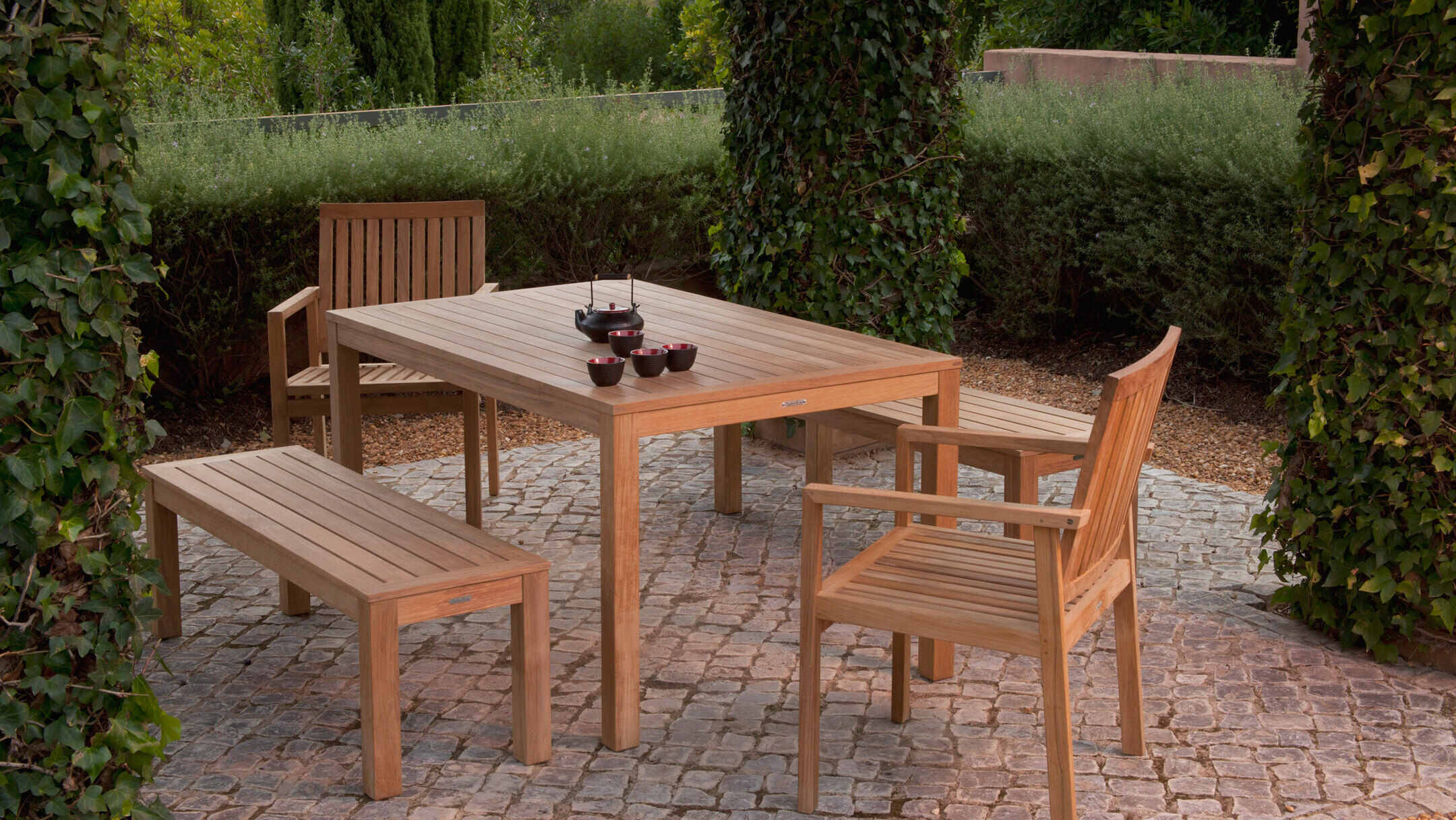

Outdoor Furniture
How To Protect Outdoor Wood Furniture From Elements
Modified: February 12, 2024
Learn effective ways to protect your outdoor wood furniture from the elements. Discover expert tips for maintaining and preserving outdoor furniture and design.
(Many of the links in this article redirect to a specific reviewed product. Your purchase of these products through affiliate links helps to generate commission for Storables.com, at no extra cost. Learn more)
Introduction
When it comes to outdoor furniture, wood is a timeless and elegant choice. The natural beauty and durability of wood make it a popular option for patios, decks, and gardens. However, outdoor wood furniture is constantly exposed to the elements, which can take a toll on its appearance and structural integrity. From scorching sun and heavy rain to freezing temperatures and high humidity, outdoor wood furniture endures a wide range of environmental stressors. As a result, it requires special care and maintenance to ensure its longevity and aesthetic appeal.
In this comprehensive guide, we will delve into the art of protecting outdoor wood furniture from the elements. From understanding the effects of different weather conditions on wood to choosing the right type of wood for outdoor furniture, applying protective finishes, and implementing regular maintenance and cleaning routines, we will equip you with the knowledge and strategies to safeguard your outdoor wood furniture investment. Additionally, we will explore the importance of proper storage during harsh weather conditions to preserve the beauty and functionality of your outdoor wood furniture for years to come.
Whether you are a seasoned outdoor furniture enthusiast or a newcomer looking to elevate your outdoor living space, this guide will provide valuable insights and practical tips to help you maintain and protect your outdoor wood furniture. So, let's embark on this journey to discover the secrets of preserving the allure and resilience of outdoor wood furniture in the face of nature's elements.
Key Takeaways:
- Choose the right wood like teak or cedar for outdoor furniture to resist weather damage and maintain its beauty for years.
- Apply protective finishes and regular maintenance to shield outdoor wood furniture from the elements and ensure its longevity and visual appeal.
Read more: How To Protect Outdoor Wood Furniture
Understanding the Effects of Elements on Outdoor Wood Furniture
Outdoor wood furniture is constantly exposed to a myriad of environmental elements, each of which can impact its appearance, structural integrity, and longevity. Understanding how these elements affect wood is crucial for implementing effective protection and maintenance strategies.
- Sunlight: Prolonged exposure to sunlight can cause outdoor wood furniture to fade and lose its natural luster. UV rays can break down the wood’s natural oils, leading to dryness and potential cracking or warping over time.
- Rain and Humidity: Moisture from rain and high humidity levels can be detrimental to outdoor wood furniture. Excess moisture can lead to rot, mold, and mildew, compromising the strength and stability of the wood.
- Temperature Fluctuations: Wood is sensitive to temperature changes. Fluctuations in temperature, especially freezing and thawing cycles, can cause the wood to expand and contract, leading to stress on the furniture’s joints and overall structure.
- Wind and Airborne Debris: Strong winds and airborne debris can cause physical damage to outdoor wood furniture, including scratches, dents, and abrasions. Over time, these external forces can diminish the furniture’s aesthetic appeal.
By recognizing the impact of these elements, you can take proactive measures to shield your outdoor wood furniture from their effects. Whether through selecting the right type of wood, applying protective finishes, or implementing regular maintenance routines, understanding the interplay between wood and the elements is essential for preserving the beauty and functionality of your outdoor furniture.
Choosing the Right Type of Wood for Outdoor Furniture
When it comes to outdoor furniture, selecting the right type of wood is a critical decision that directly influences the furniture’s performance and longevity in outdoor settings. Different wood species possess varying levels of natural resistance to the elements, making some more suitable for outdoor use than others.
Here are some popular wood options for outdoor furniture, each with its unique characteristics:
- Teak: Renowned for its exceptional durability and natural resistance to moisture, teak is a top choice for outdoor furniture. Its high oil content and tight grain make it highly resistant to rot, warping, and insect damage, making it ideal for withstanding outdoor conditions.
- Cedar: Cedar is prized for its natural resistance to decay and insects. Its distinct aroma and beautiful grain patterns add to its appeal. Cedar’s stability and ability to withstand the elements make it a popular choice for outdoor furniture, especially in humid and wet climates.
- Redwood: Known for its striking reddish-brown hue and natural resistance to decay and insects, redwood is a durable and visually appealing option for outdoor furniture. Its stability and longevity make it a sought-after choice for outdoor applications.
- Pressure-Treated Pine: Treated with preservatives to enhance its resistance to decay and insects, pressure-treated pine is a cost-effective option for outdoor furniture. Its strength and versatility make it suitable for various outdoor furniture designs.
- Acacia: With its natural resistance to decay and a striking grain pattern, acacia wood is a popular choice for outdoor furniture. Its strength and ability to withstand outdoor exposure make it a reliable option for outdoor settings.
When choosing wood for outdoor furniture, it’s essential to consider factors such as natural resistance to decay and insects, durability, stability, and overall maintenance requirements. Additionally, the aesthetic appeal and grain patterns of different wood species play a significant role in the visual impact of the furniture.
By selecting a wood species that aligns with your local climate and outdoor conditions, you can ensure that your outdoor furniture remains resilient and visually appealing for years to come.
Applying Protective Finishes to Outdoor Wood Furniture
Protective finishes play a vital role in safeguarding outdoor wood furniture from the detrimental effects of the elements. By applying the right finishes, you can enhance the wood’s natural resilience and prolong its lifespan, all while maintaining its aesthetic appeal.
Here are some popular protective finishes for outdoor wood furniture:
- Exterior Stains: Available in a variety of tints and opacities, exterior wood stains provide protection against UV rays, moisture, and mildew. They penetrate the wood, enhancing its natural color and grain while forming a protective barrier against the elements.
- Sealers: Wood sealers create a protective barrier on the surface of the wood, preventing moisture intrusion and minimizing the risk of rot and decay. They are particularly effective for hardwoods and woods with natural resistance to decay.
- Spar Varnish: Commonly used on marine applications and outdoor furniture, spar varnish offers excellent protection against UV rays, moisture, and temperature fluctuations. Its flexible nature allows it to withstand the expansion and contraction of wood due to varying weather conditions.
- Outdoor Oil Finishes: Tung oil, linseed oil, and other outdoor-specific oils penetrate the wood, providing moisture resistance and enhancing the wood’s natural beauty. Regular reapplication may be necessary to maintain optimal protection.
- Paint: While less common for outdoor wood furniture due to its opaque nature, paint can provide a durable and colorful protective layer. It effectively shields the wood from the elements, especially when applied in multiple coats with proper surface preparation.
Before applying any protective finish, it’s crucial to prepare the wood surface by sanding it to a smooth and uniform texture. Additionally, follow the manufacturer’s instructions regarding application, drying times, and maintenance to ensure the best results.
Regular maintenance and reapplication of protective finishes are essential to uphold the furniture’s protective qualities. Inspect the furniture periodically and refinish it as needed to maintain its resilience against the elements.
By selecting the right protective finish and adhering to proper application and maintenance practices, you can significantly extend the life of your outdoor wood furniture, allowing it to withstand the rigors of outdoor exposure while retaining its natural allure.
Apply a waterproof sealant to outdoor wood furniture to protect it from the elements. Reapply the sealant annually for best results.
Regular Maintenance and Cleaning Tips
Effective maintenance and regular cleaning are crucial for preserving the beauty and structural integrity of outdoor wood furniture. By incorporating simple yet diligent maintenance routines, you can protect your furniture from the adverse effects of the elements and ensure its longevity.
Here are some essential maintenance and cleaning tips for outdoor wood furniture:
- Regular Inspections: Periodically inspect your outdoor wood furniture for signs of wear, damage, or the need for refinishing. Addressing issues promptly can prevent further deterioration and prolong the furniture’s lifespan.
- Cleaning: Use a mild soap or specialized wood cleaner and a soft-bristled brush to clean the furniture’s surface. Gently scrub away dirt, grime, and any mildew or mold growth. Rinse thoroughly and allow the furniture to dry completely before applying protective finishes or storing it.
- Refinishing: As protective finishes wear down over time, consider refinishing the furniture to maintain its protective qualities and visual appeal. Sand the surface, apply a new protective finish, and follow the manufacturer’s guidelines for proper application and drying times.
- Protection from Moisture: Use furniture covers or store outdoor wood furniture in a dry, well-ventilated area during periods of heavy rain or high humidity. This helps prevent moisture-related issues such as rot, mold, and mildew.
- Seasonal Care: With the change of seasons, adjust your maintenance routine accordingly. For example, inspect and refinish the furniture before the onset of harsh winter conditions to provide added protection against moisture and temperature fluctuations.
Consistent and attentive maintenance not only preserves the appearance and functionality of outdoor wood furniture but also minimizes the need for extensive repairs or replacements in the future. By integrating these maintenance practices into your regular outdoor furniture care regimen, you can enjoy the enduring beauty and comfort of your outdoor living space.
Read more: How To Protect Outdoor Acacia Wood Furniture
Storing Outdoor Wood Furniture During Harsh Weather
During periods of extreme weather, such as heavy rain, snow, or prolonged exposure to harsh sunlight, it is essential to take proactive measures to protect outdoor wood furniture from potential damage. Proper storage can shield the furniture from the harshest elements, preserving its condition and extending its lifespan.
Here are some valuable tips for storing outdoor wood furniture during harsh weather:
- Indoor Storage: Whenever possible, move outdoor wood furniture to a covered or indoor space during inclement weather. A garage, shed, or covered patio can provide adequate protection from rain, snow, and excessive sunlight, minimizing the furniture’s exposure to the elements.
- Use Protective Covers: If indoor storage is not feasible, invest in high-quality, weather-resistant furniture covers designed specifically for outdoor wood furniture. These covers provide an additional layer of protection, shielding the furniture from moisture, UV rays, and debris.
- Elevate and Ventilate: When storing outdoor wood furniture outdoors, elevate it off the ground using blocks or furniture risers to prevent direct contact with wet surfaces. Additionally, ensure proper ventilation to minimize the risk of mold and mildew growth.
- Secure Loose Items: Before storing the furniture, remove any loose cushions, umbrellas, or accessories and store them separately in a dry area. This prevents moisture retention and potential damage to these items during adverse weather conditions.
- Inspect and Clean: Before storing the furniture, conduct a thorough inspection and cleaning routine. Address any existing dirt, grime, or damage, and ensure the furniture is completely dry to prevent mold or mildew growth while in storage.
By implementing these storage practices, you can safeguard your outdoor wood furniture from the ravages of harsh weather, preserving its beauty and structural integrity for years to come. Proper storage not only minimizes the need for extensive cleaning and refinishing after adverse weather but also ensures that your outdoor furniture is ready to be enjoyed once the conditions improve.
Conclusion
Outdoor wood furniture adds a touch of natural elegance and warmth to any outdoor living space. However, to maintain its allure and functionality in the face of nature’s elements, proactive care and protective measures are essential. By understanding the effects of sunlight, rain, humidity, temperature fluctuations, and physical forces on wood, you can make informed decisions to safeguard your outdoor furniture investment.
Choosing the right type of wood, such as teak, cedar, redwood, or acacia, can significantly influence the furniture’s resilience and longevity in outdoor environments. Additionally, applying protective finishes, including exterior stains, sealers, spar varnish, and outdoor oils, enhances the wood’s natural resistance to the elements, prolonging its lifespan and visual appeal.
Regular maintenance and cleaning routines, combined with seasonal care and refinishing, are vital for preserving the beauty and structural integrity of outdoor wood furniture. By incorporating these practices into your outdoor furniture care regimen, you can minimize the effects of wear and weathering, ensuring that your furniture remains a source of joy and relaxation for years to come.
During harsh weather conditions, proper storage measures, such as indoor storage, protective covers, elevation, and ventilation, offer crucial protection against moisture, UV rays, and physical damage. By taking proactive steps to shield your outdoor wood furniture during adverse weather, you can mitigate potential harm and maintain its pristine condition.
In conclusion, the art of protecting outdoor wood furniture from the elements involves a combination of thoughtful wood selection, diligent maintenance, and strategic protective measures. By embracing these practices, you can enjoy the enduring beauty and comfort of your outdoor living space, knowing that your wood furniture is resilient, visually captivating, and ready to withstand the tests of time and nature.
Frequently Asked Questions about How To Protect Outdoor Wood Furniture From Elements
Was this page helpful?
At Storables.com, we guarantee accurate and reliable information. Our content, validated by Expert Board Contributors, is crafted following stringent Editorial Policies. We're committed to providing you with well-researched, expert-backed insights for all your informational needs.
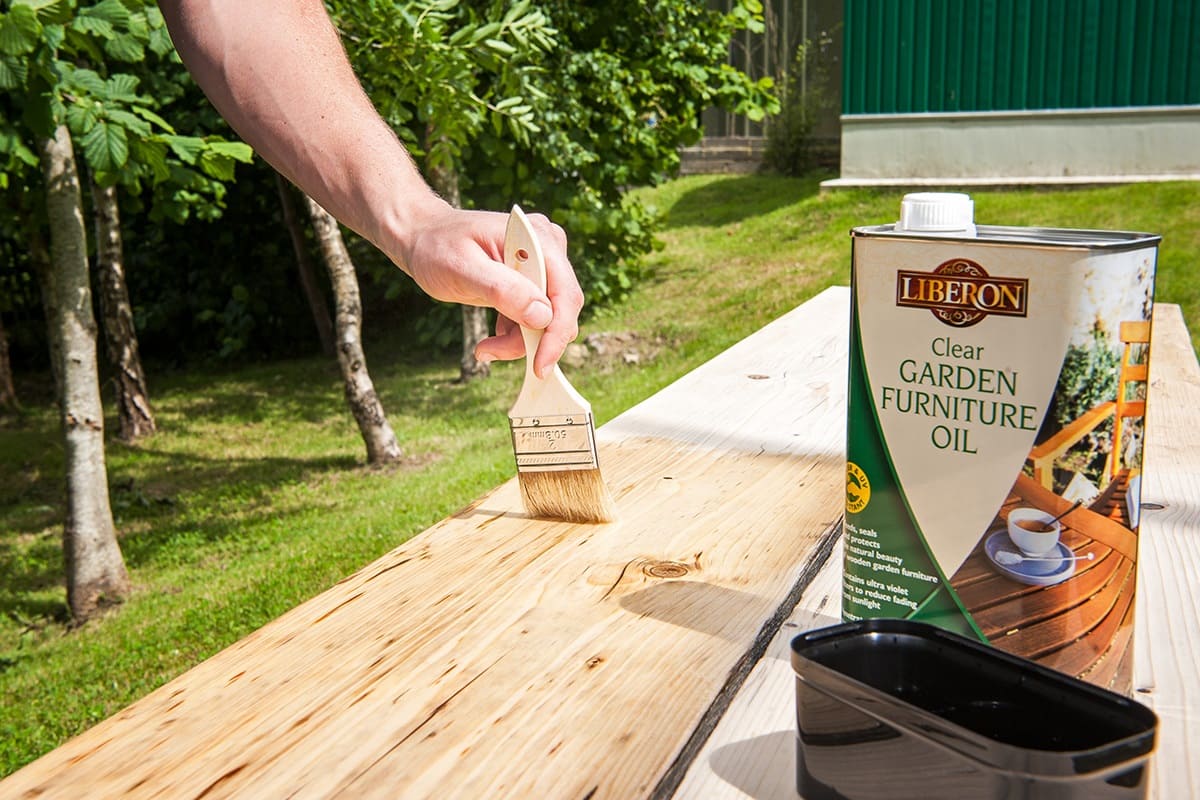
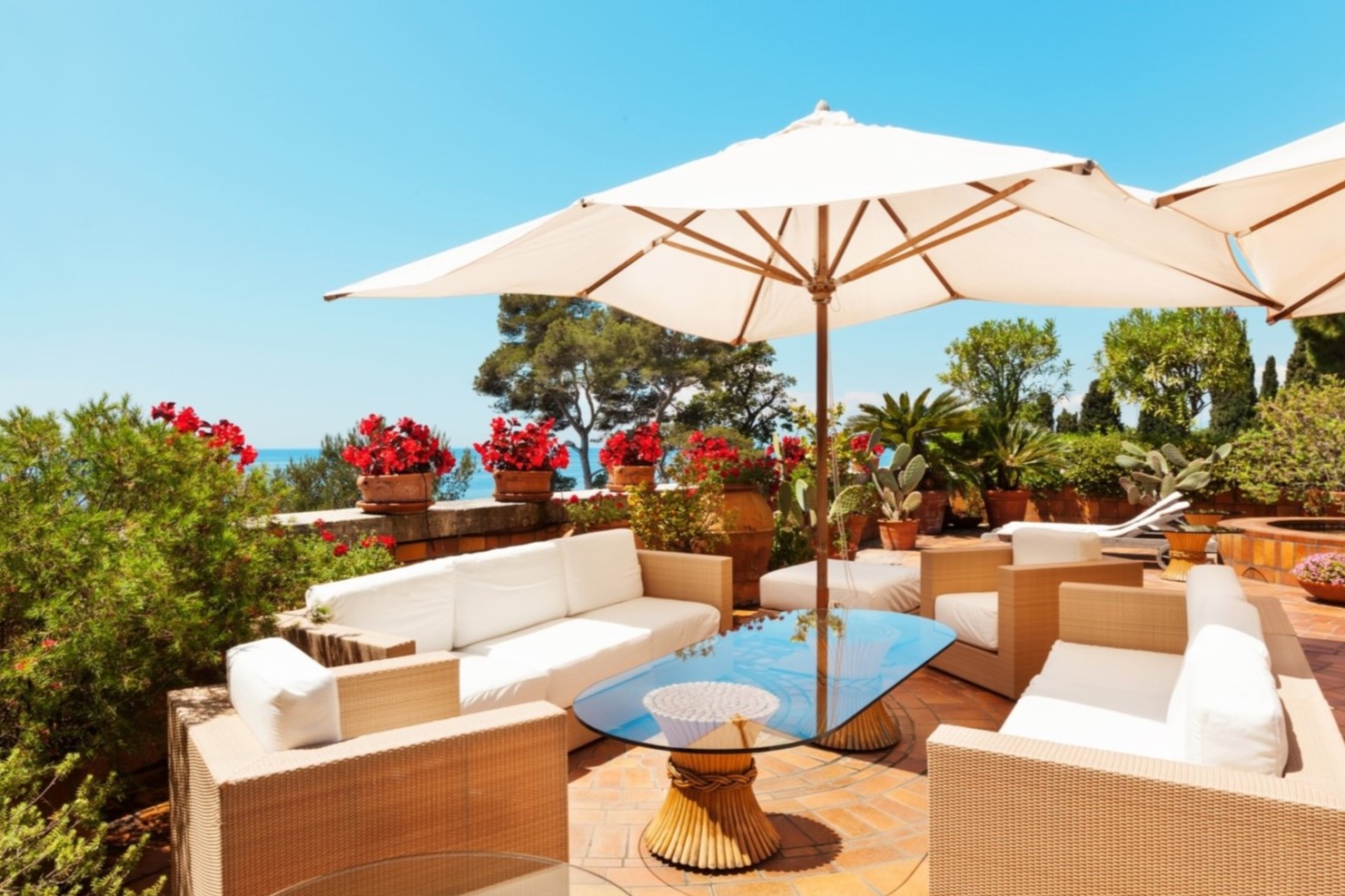
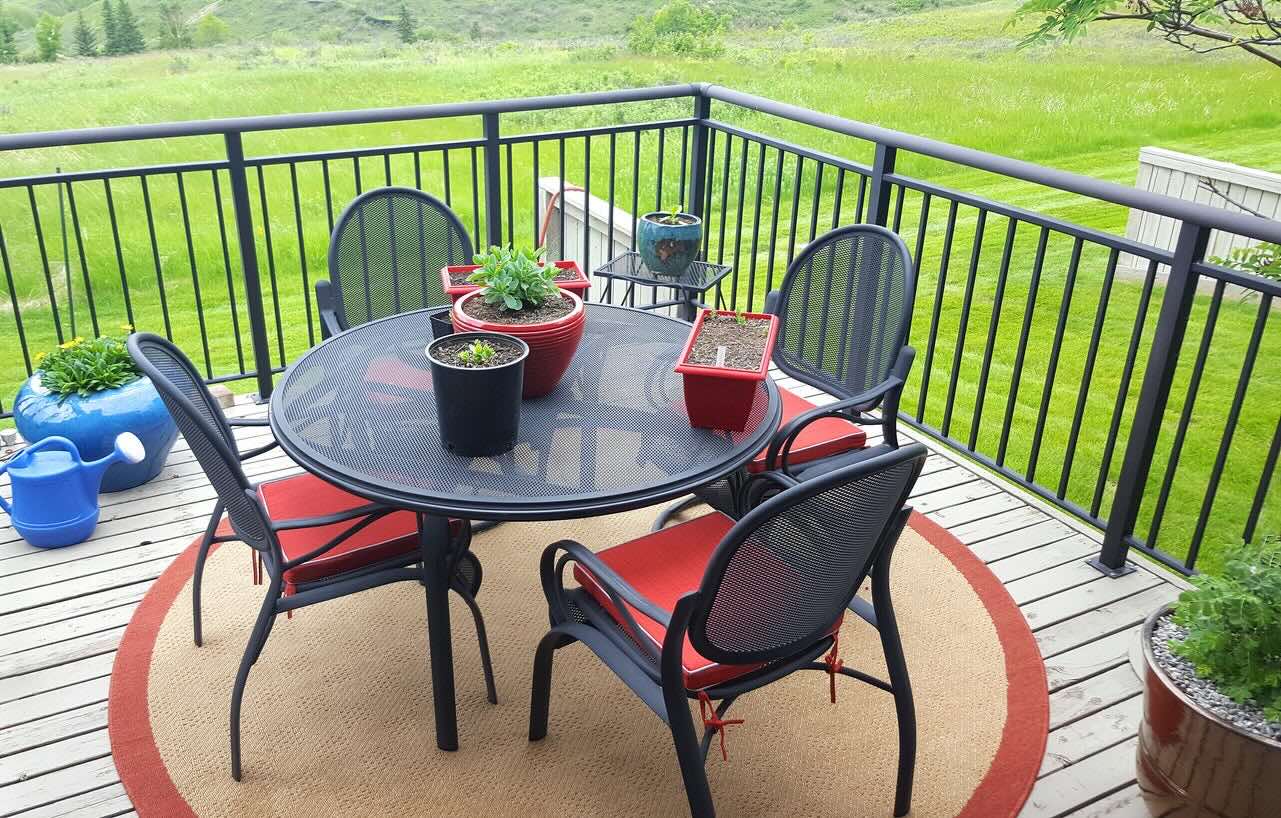
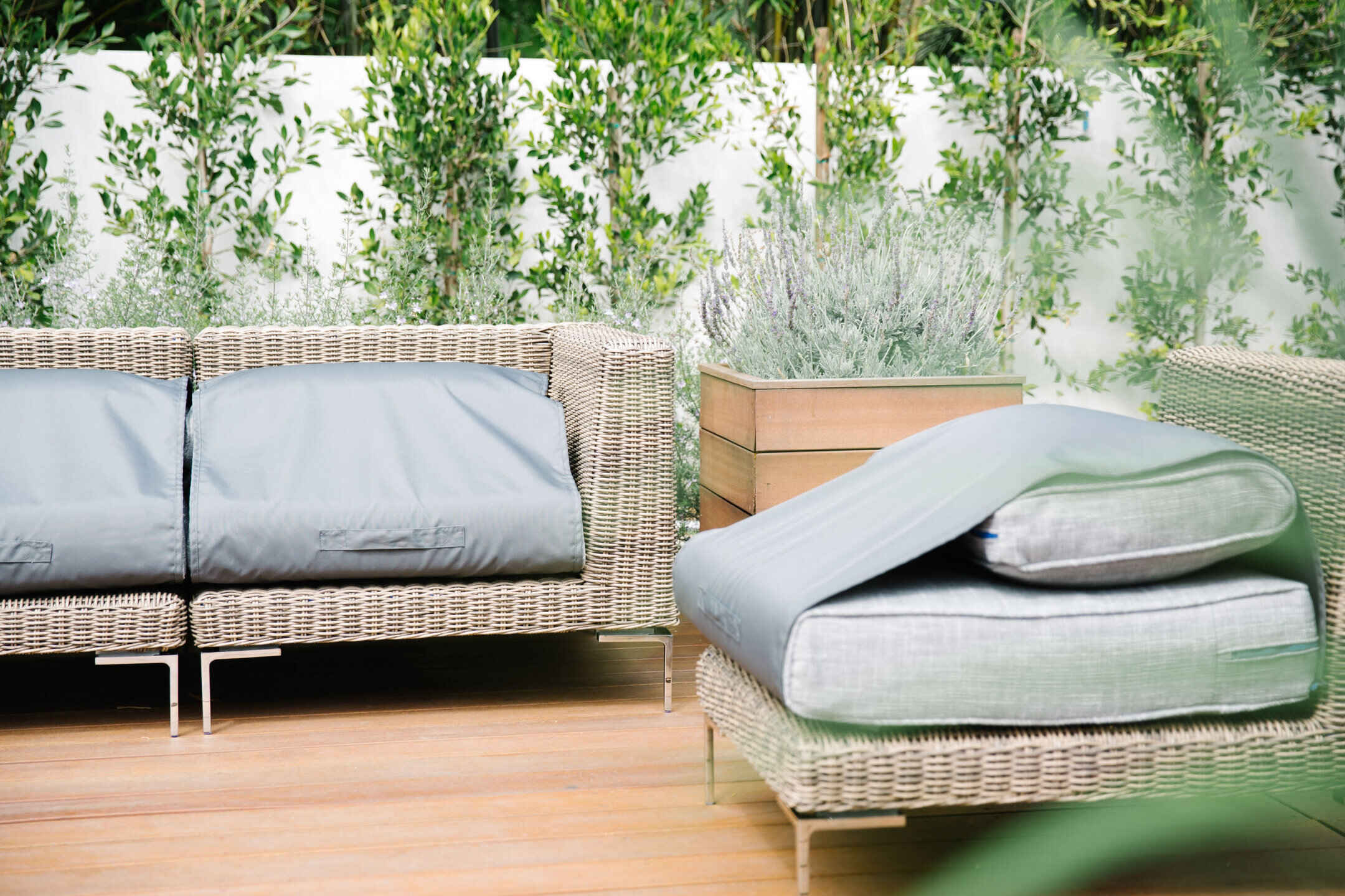
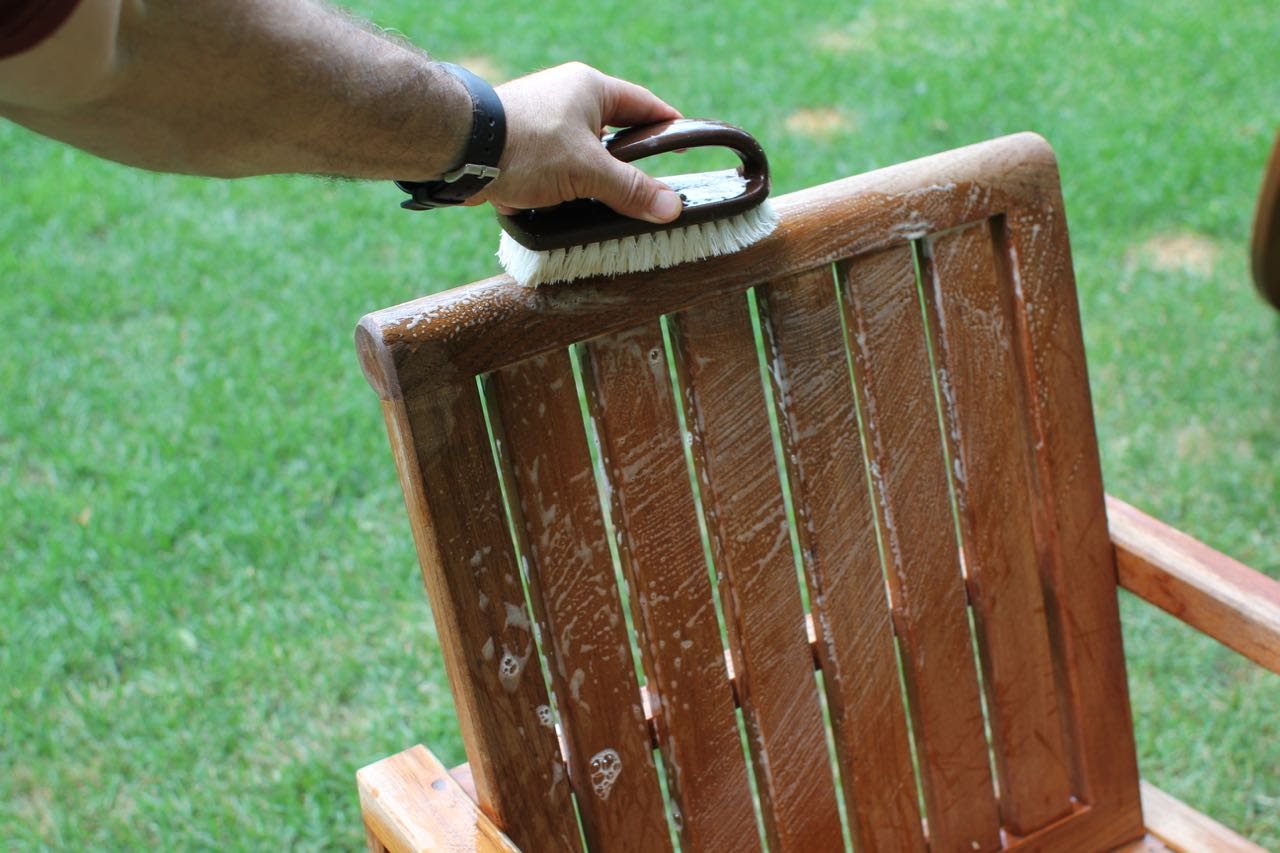
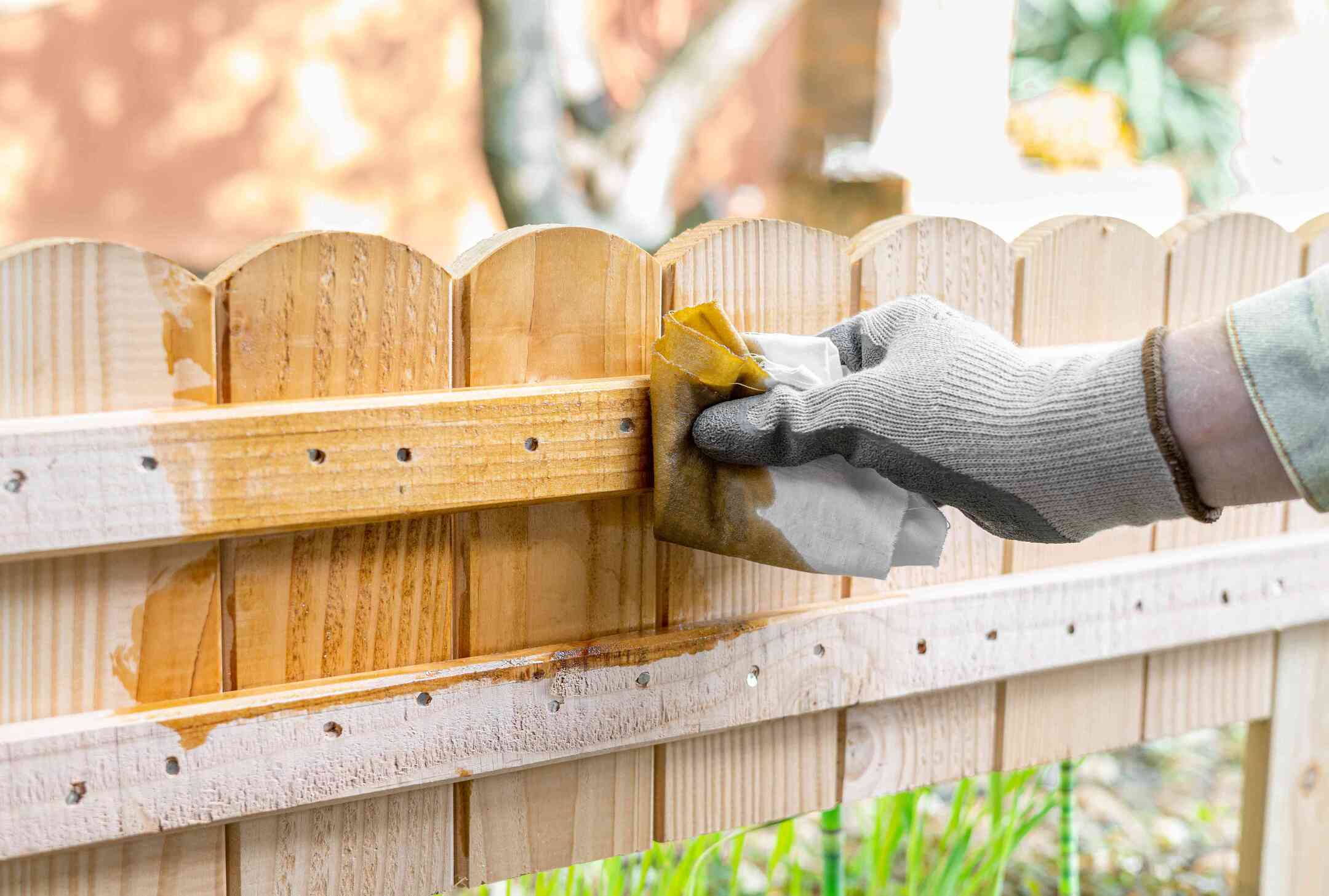
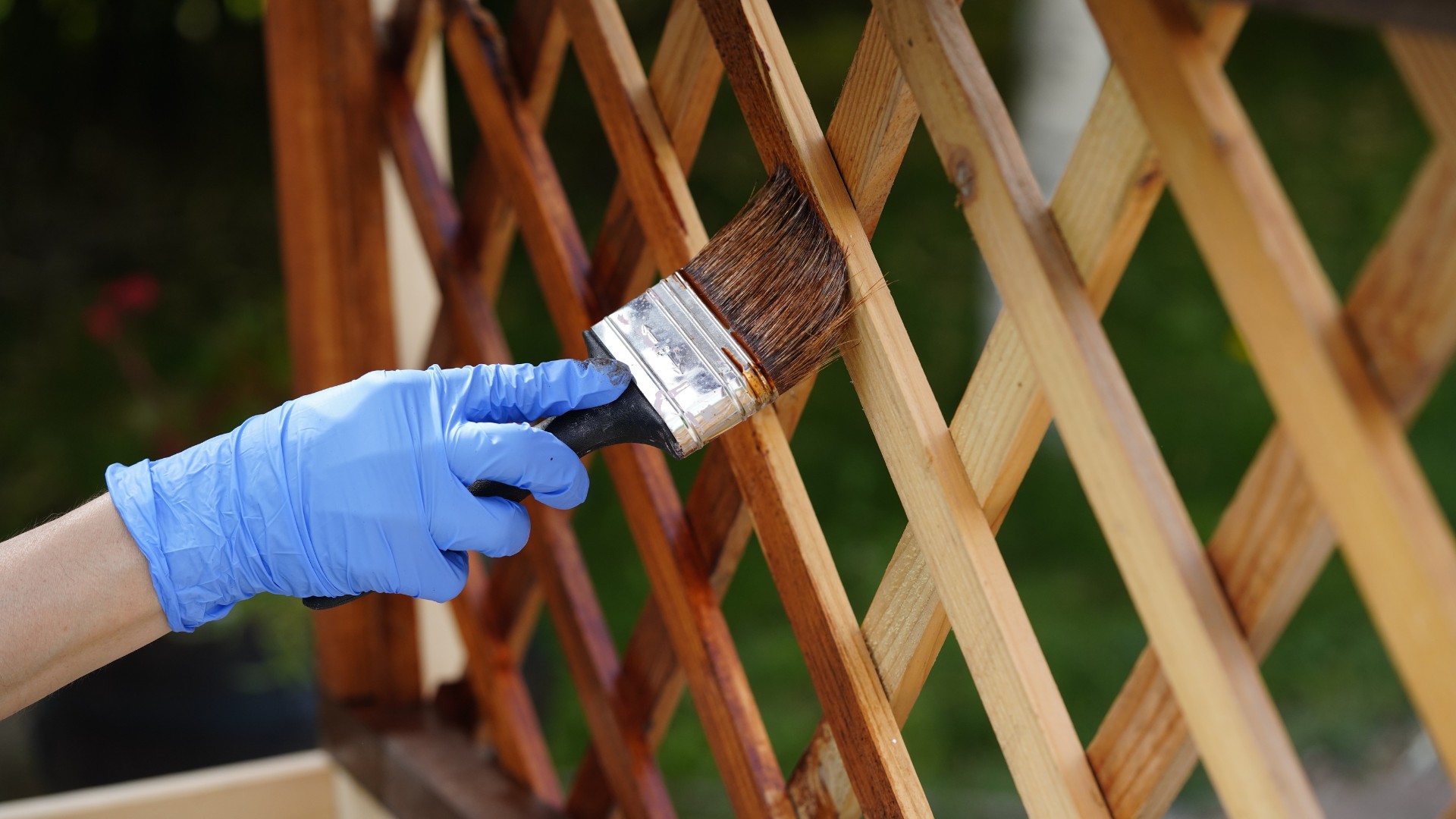
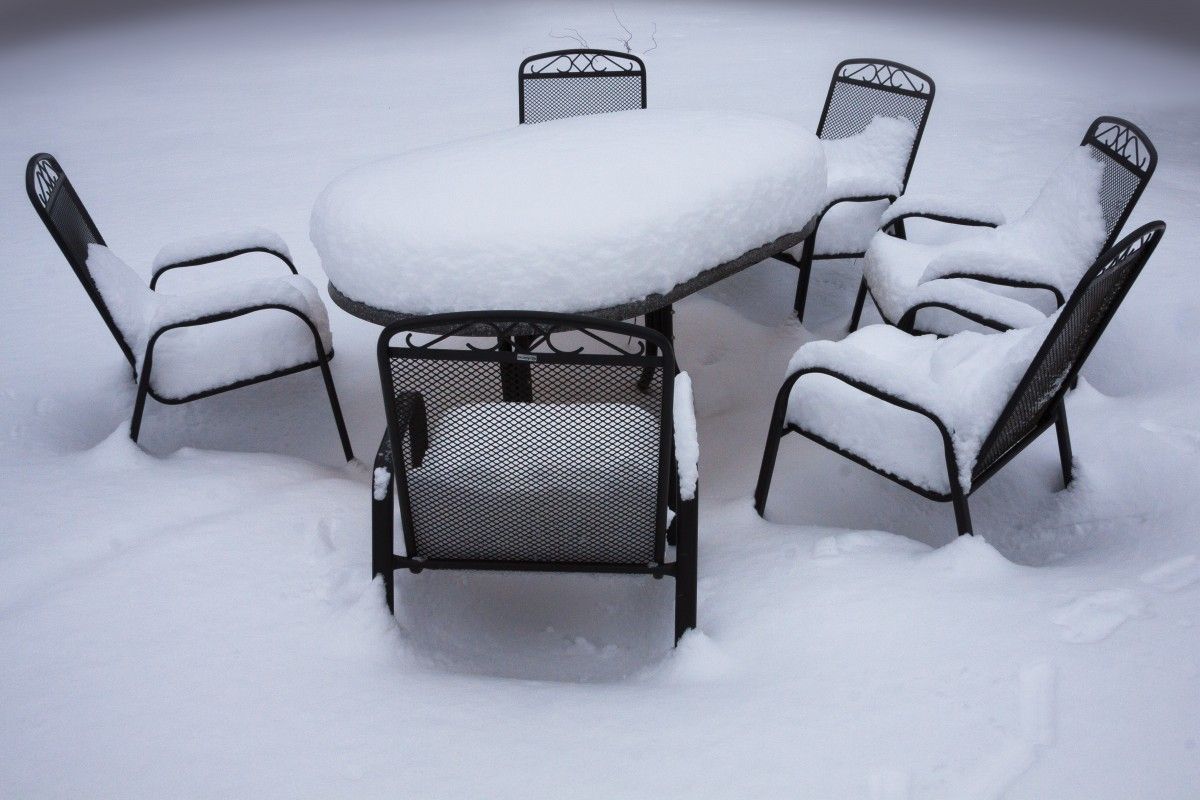
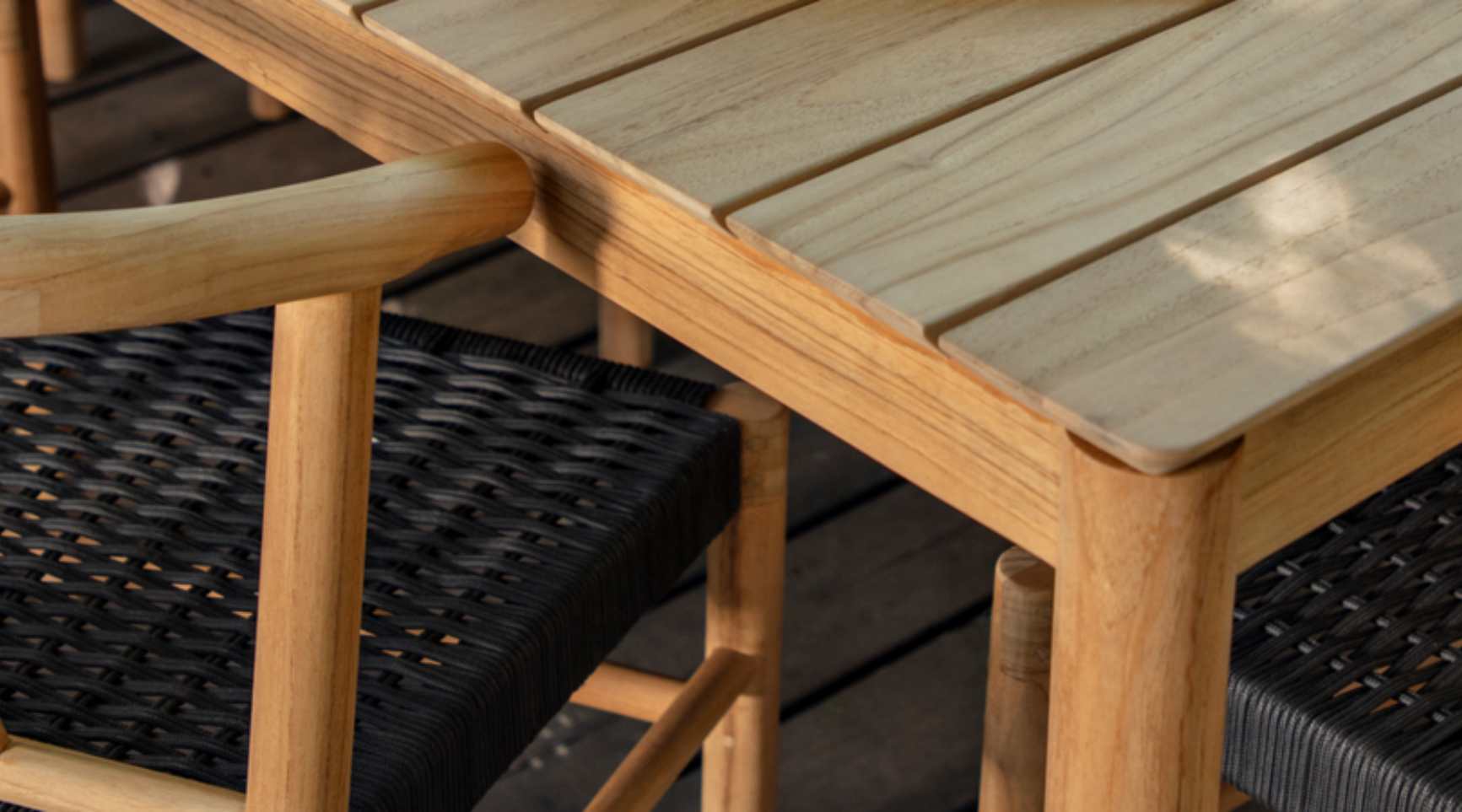
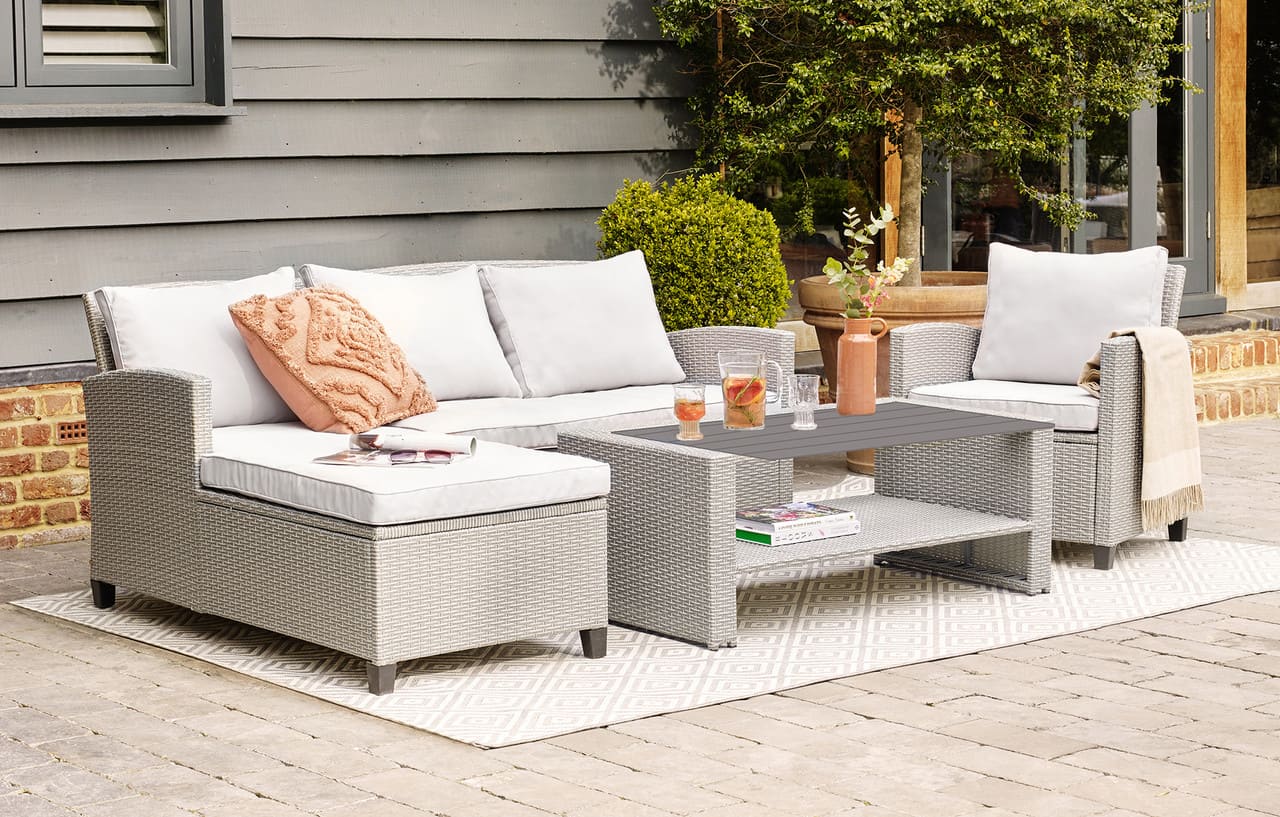
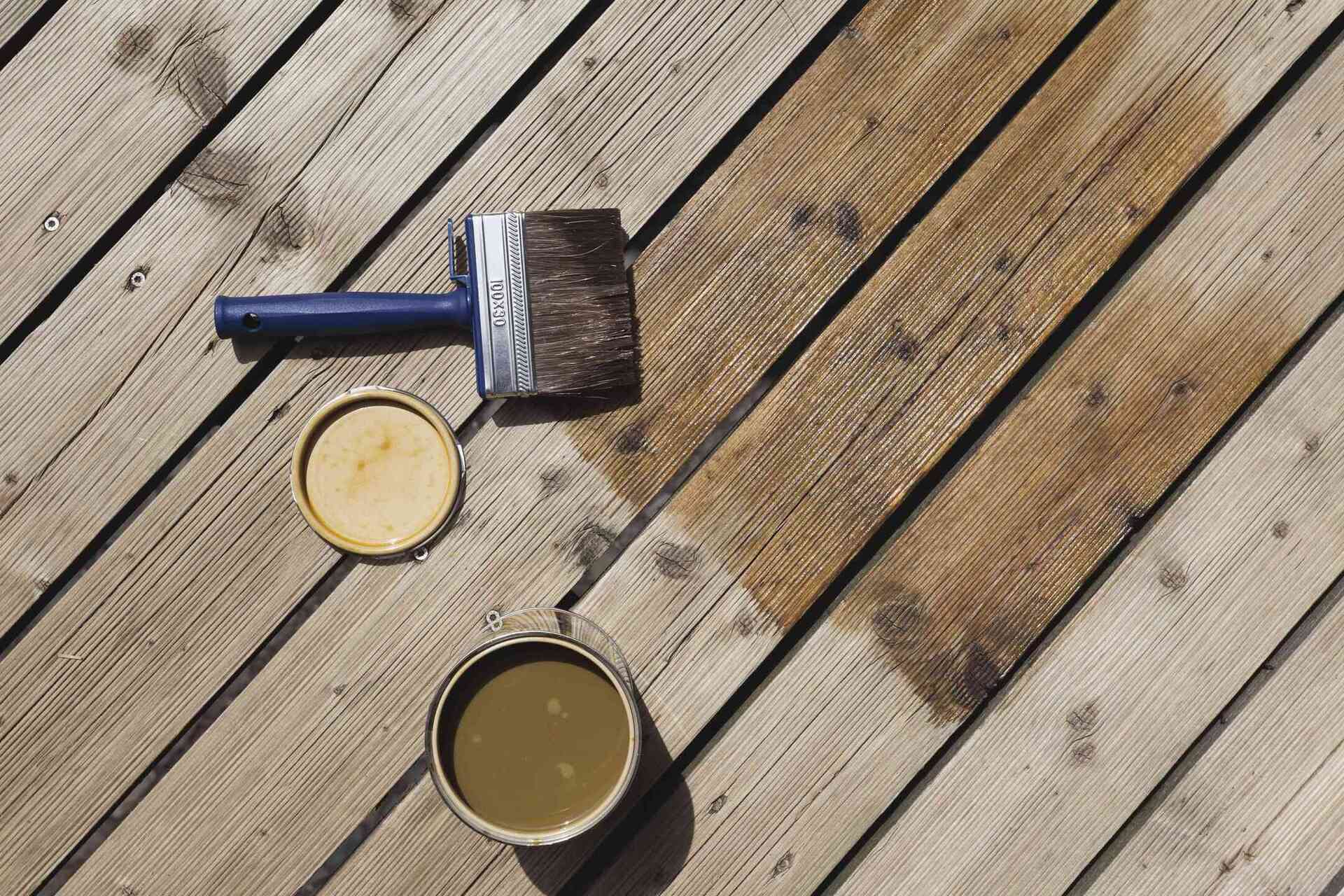

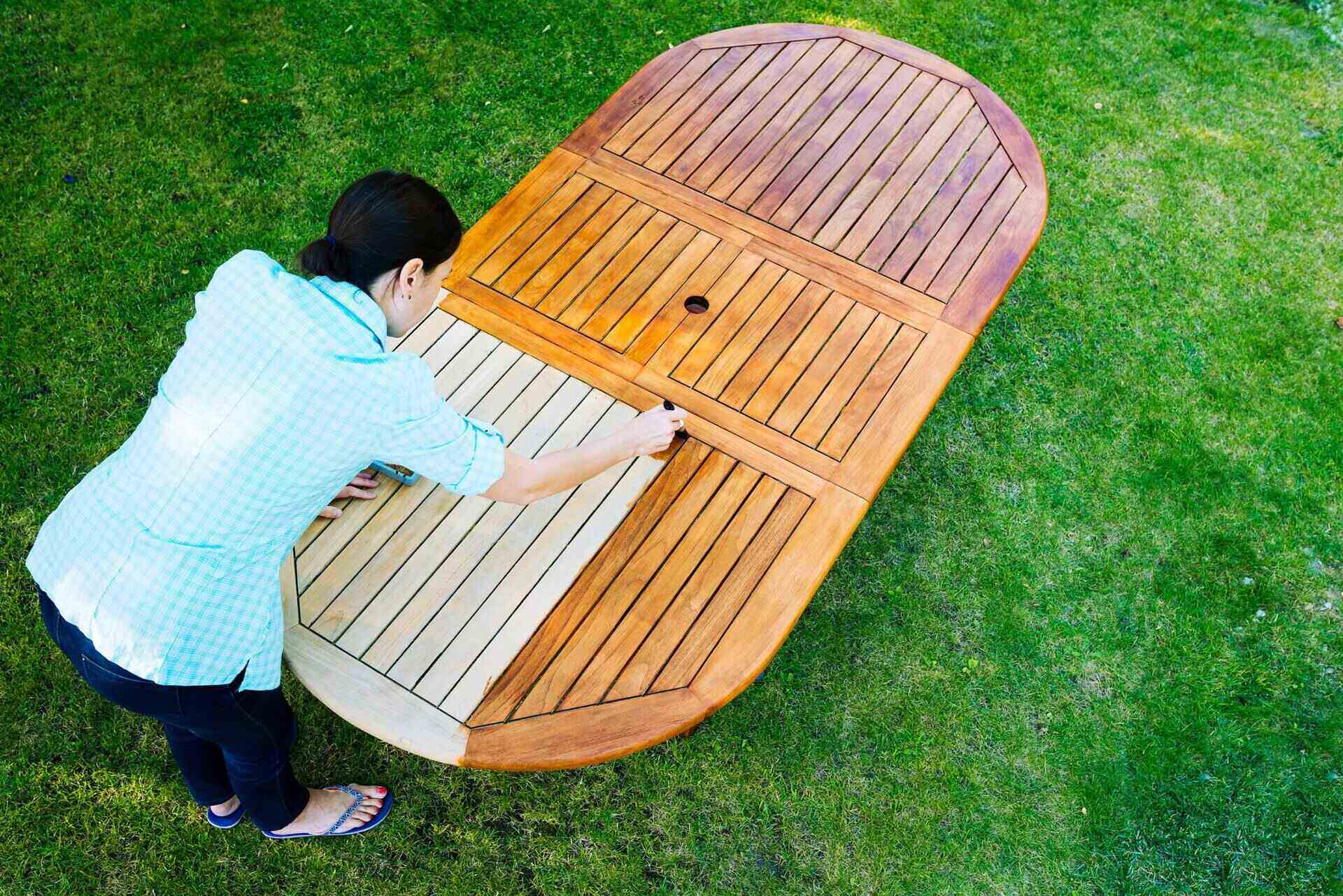
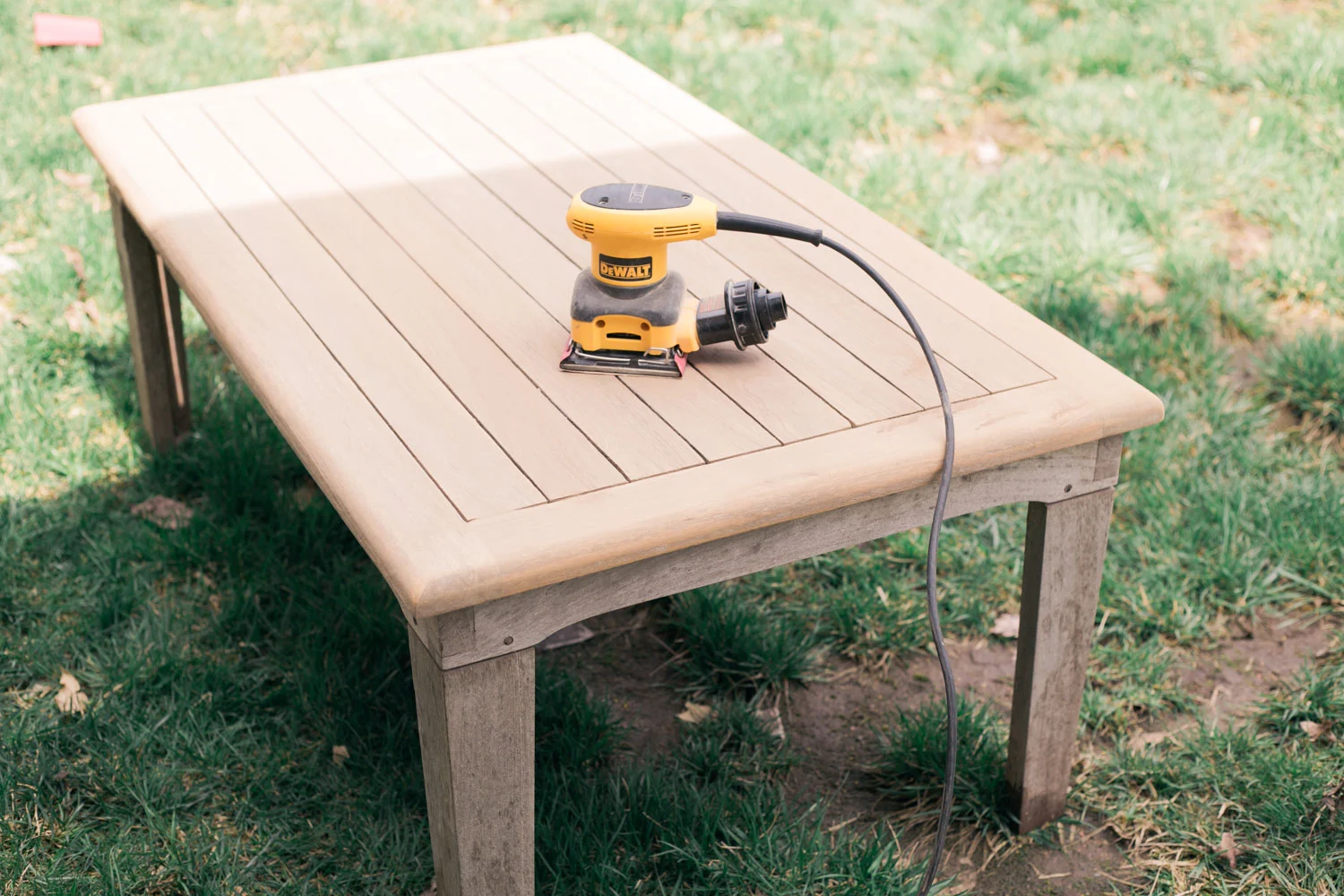

0 thoughts on “How To Protect Outdoor Wood Furniture From Elements”